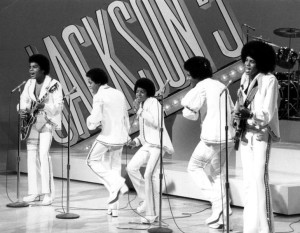 When the Bank Secrecy Act passed in October 1970 with the $10,000 Currency Transaction Report (CTR) threshold, the average US annual salary was $6,186. A new car cost $3,900 and the Jackson 5’s song “I’ll be There” was number one on the Billboard charts. All that has changed, except for the Currency Transaction Report threshold.
When the Bank Secrecy Act passed in October 1970 with the $10,000 Currency Transaction Report (CTR) threshold, the average US annual salary was $6,186. A new car cost $3,900 and the Jackson 5’s song “I’ll be There” was number one on the Billboard charts. All that has changed, except for the Currency Transaction Report threshold.
The inflation-adjusted CTR equivalent to $10,000 in 1970 is $60,900.26 today. Inversely, the equivalent buying power of $10,000 today would have been $1,642 in 1970.
The Government Accountability Office studied the topic in 1994 and issued a report titled “The Volume of Currency Transaction Reports Filed Can and Should Be Reduced.” Legislation was proposed in 2006 to adjust the CTR threshold to $30,000 but it died. However, the majority of law enforcement officials support keeping the $10,000 threshold. A 2008 GAO study found:
State and local officials also indicated that the current threshold amount of $10,000 was important to the usefulness of CTRs. Specifically, about 58 percent of the state and local officials we surveyed stated that increasing the CTR filing threshold would result in a “very great” or “great” reduction in the usefulness of the CTR filing requirement to their work.
There are about 15,000,000 Currency Transaction Reports filed each year.




